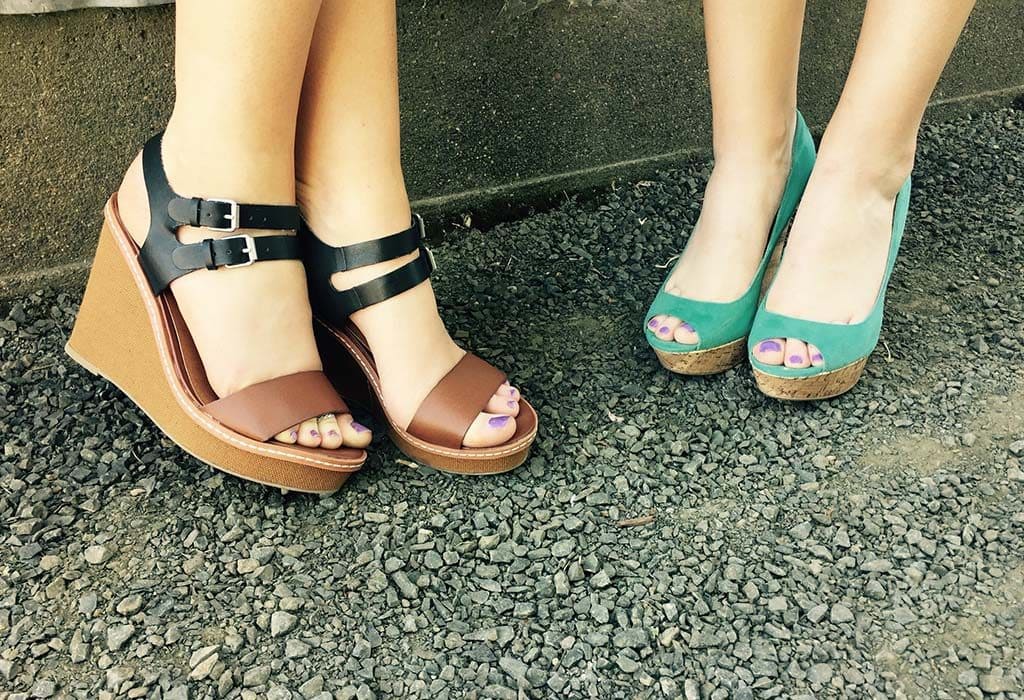Hollywood
Mind Tricks Nature Is Playing On Us
Are you ready to have your mind blown? We live in a fascinating world, filled with incredible phenomena that can often appear to be nothing short of magic. But have you ever considered that some of the seemingly mysterious occurrences around us could actually be explained by science? Believe it or not, there are a number of mind tricks that nature is playing on us! In this blog post, we’ll take a look at these tricks and discuss how they work. Keep reading to find out more about the wonders of our natural world and the ways in which they can surprise us.
Table of Contents
The Baader-Meinhof Phenomenon:
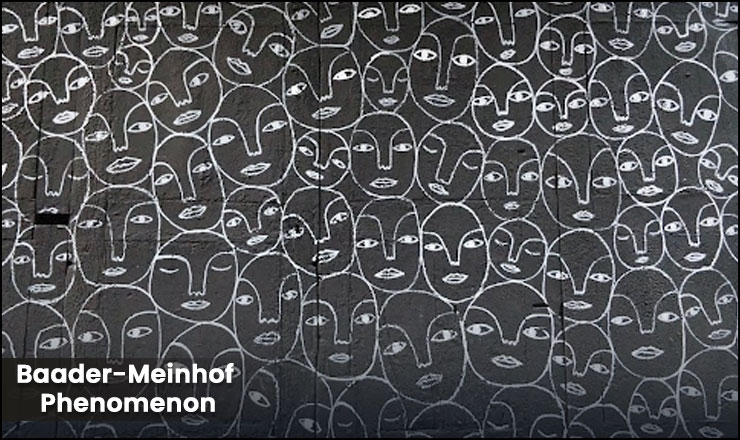
The Baader-Meinhof Phenomenon is an interesting phenomenon in which a person will suddenly notice something that they have just recently been exposed to, and begin to see it everywhere.

This could be anything from a song on the radio to a new phrase or even a person that they have just met. It is often described as having a sense of Deja ̀ Vu or seeing something repeatedly without expecting it. This effect can be extremely powerful, as it has been known to leave people feeling startled and confused at the same time.
The Frequency Illusion:

The frequency illusion, also known as the Baader-Meinhof Phenomenon, is a phenomenon in which a newly learned fact or concept suddenly seems to appear with increasing frequency. For example, if you buy a new car, you may suddenly start to notice other cars of the same model on the road more often.

This phenomenon is often attributed to our tendency to unconsciously seek out patterns and connections and to be more attuned to things that we have recently encountered.
Pareidolia:

Pareidolia is the phenomenon of seeing patterns and familiar images in random or chaotic patterns. This happens when we look at clouds, trees, rocks, or any other objects and imagine shapes, animals, and faces that don’t actually exist. It’s an instinctive form of pattern recognition, triggered by our brains in order to make sense of otherwise random or chaotic things.
The Mandela Effect:

The Mandela Effect is a phenomenon where large groups of people misremember something that never happened in the first place. It’s named after Nelson Mandela, who many people falsely believe died in prison in the 1980s when in fact he was released and later became the first black president of South Africa in 1994.

The Mandela Effect has been used to explain other collectively misremembered events such as certain lyrics in songs, lines from movies, or the spelling of popular brands. The cause of this effect remains unknown, though some speculate it has something to do with parallel universes.
The Stroop Effect:

The Stroop Effect is a phenomenon that occurs when the brain has difficulty processing conflicting information. This effect is typically seen when people are asked to identify the color of a word rather than its meaning. For example, if someone is shown the word “red” written in blue ink, they may have difficulty saying the correct answer of “blue” and may instead mistakenly say “red.”
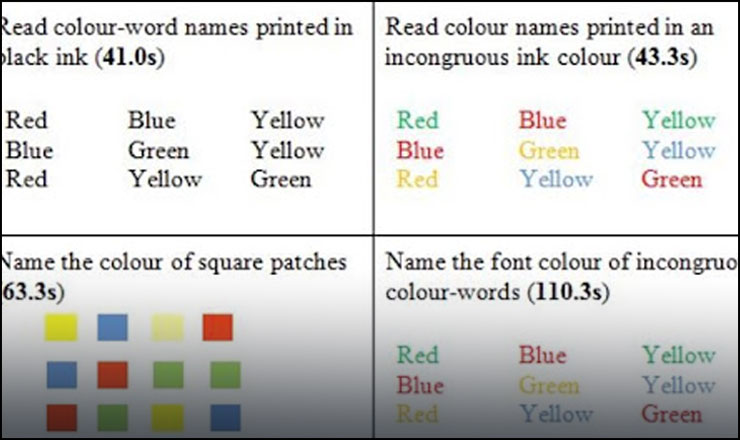
This effect was discovered by John Ridley Stroop in 1935 and is still used as an experimental tool today to study how our brains process different kinds of information.
The Zeigarnik Effect:

The Zeigarnik Effect is a phenomenon named after Russian psychologist Bluma Zeigarnik, who discovered that people tend to remember unfinished tasks better than those they have already completed. This phenomenon suggests that humans have an innate need to finish what they have started and the uncompleted task will remain in our memories until it has been resolved.
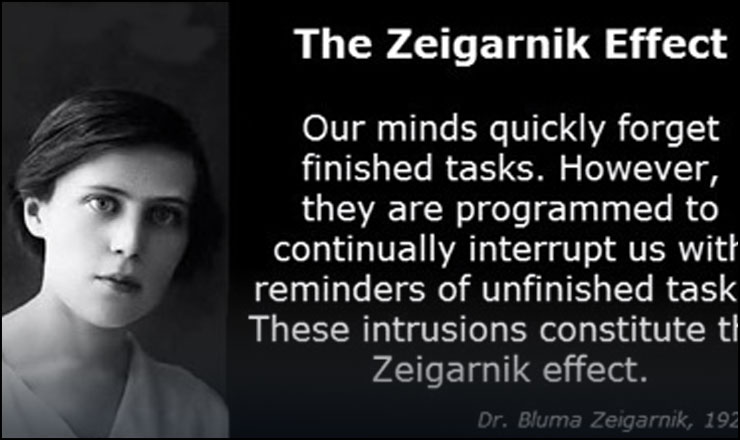
This tendency explains why we often feel the need to finish something even when it might not be necessary, such as solving puzzles or cleaning up messes. The Zeigarnik Effect can also be seen in situations where we become more motivated to complete a task as we get closer to the end.
The Observer Effect:
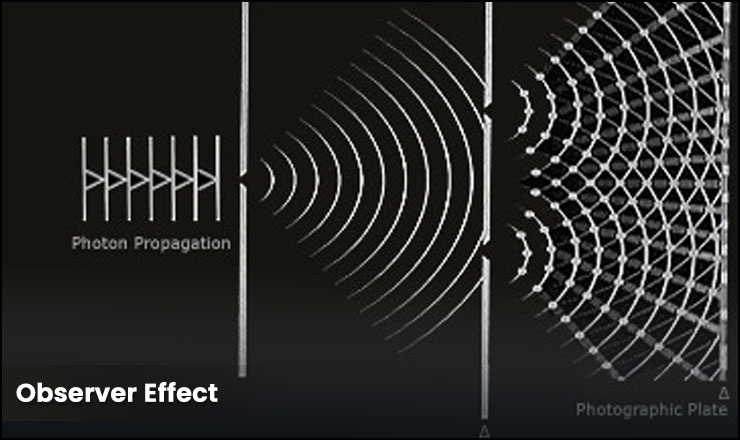
The Observer Effect is a phenomenon that states that simply observing something can change its outcome of it. This effect has been observed in many areas of science such as quantum physics, psychology, and even biology. In essence, the observer effect states that when we observe something, we change the environment around us and therefore our observations affect the results.
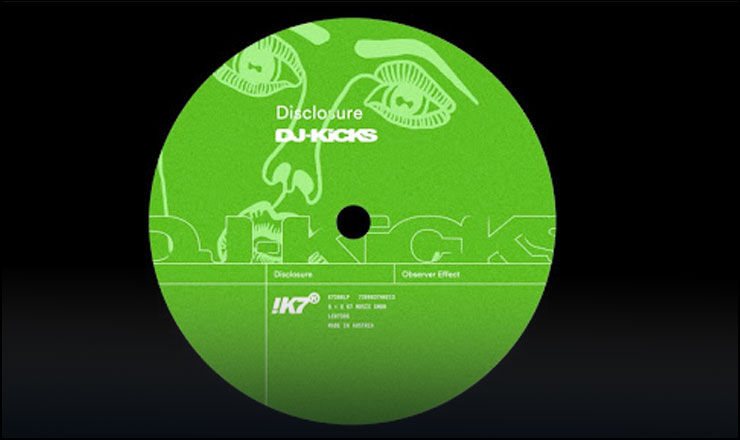
This effect can be seen in everyday life, from our relationships to how we respond to different situations. By being aware of this effect, we can adjust our behaviors to better shape the outcomes we desire.
The Sky Is Actually an Ocean:

We normally think of the sky as being a solid mass of blue. But, in fact, the sky is actually composed of billions upon billions of molecules swirling around each other at different speeds creating the illusion of a solid surface above us. The sky is actually an ocean, filled with billions of self-aware beings that are watching us.






